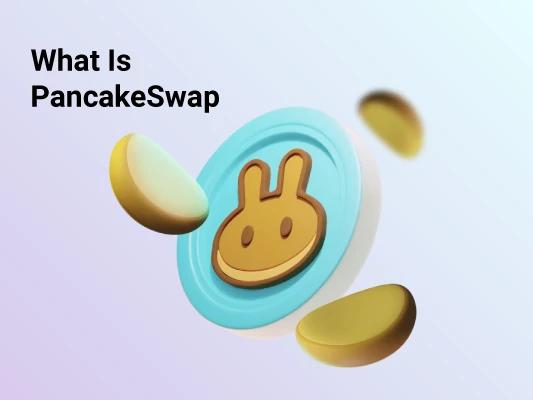
Executive Summary:
- PancakeSwap is an AMM-based decentralized exchange on the BNB chain, launched by anonymous developers.
- PancakeSwap is the third largest decentralized exchange according to trading volume.
- PancakeSwap incorporates many features that allow users to win and earn cryptocurrency.
- PancakeSwap is a hard fork of its main competitor, Uniswap.
Introduction
Centralized crypto exchanges have played a big part in the mainstream adoption of cryptocurrency, making digital assets easily accessible for investors with fiat currency. The main concern with centralized exchanges is that they own and control all the funds on the platform, raising the risk of censorship for investors.
Decentralized exchanges emerged along the ethos of decentralization, enabling users to buy and trade digital assets without a central custodian. PancakeSwap is one of the most popular non-custodial, decentralized exchanges, where users are in control of their assets at all times.
This deep dive aims to take a close look at PancakeSwap, its most notable features, and how it measures up to other decentralized crypto exchanges.
What Is PancakeSwap
PancakeSwap is a decentralized exchange (DEX) built on Binance’s BNB chain, which enables users to swap digital assets without profit-seeking intermediaries.&
PancakeSwap is known as an automated market maker (AMM) DEX, meaning that it doesn’t employ a traditional order book, where users have to be matched for a trade. Instead, users trade directly against a liquidity pool (more on this in our next heading). As a BNB-native protocol, PancakeSwap focuses on BEP-20 tokens — the token standard of the BNB chain.
Initially, PancakeSwap was nearly identical to Uniswap. This comes as no surprise to seasoned blockchain developers since PancakeSwap is a hard fork of Uniswap.
Among centralized and decentralized exchanges, PancakeSwap is the 54th largest crypto exchange, with a monthly trading volume of $14.3 billion, according to data by Coinstats.
In terms of trading volume, PancakeSwap is currently the third largest decentralized exchange, with a 24-hour trading volume of $131 million, just behind Curve’s $138 million trading volume. Yet, Uniswap is by far the largest decentralized exchange at press time, with a 24-hour trading volume of $1.25 billion.
How Does PancakeSwap Work
As a decentralized exchange, PancakeSwap employs an AMM model to automatize asset swaps, removing the need for order books or intermediaries facilitating trades. Since traders trade directly against a liquidity pool, there’s no need for an order matching system or trading counterparties.
This beckons the question: where does the liquidity come from? The liquidity on the DEX comes from Liquidity Providers (LPs) who stake their tokens in liquidity pools, in exchange for FLIP (PancakeSwap Liquidity Provider) tokens. Anyone holding crypto can become a liquidity provider on PancakeSwap, in order to earn passive income.
The advantage of AMM DEXes like Pancakeswap is that users don’t have to wait to be matched with a seller. Instead, they deposit the token they wish to trade directly into the liquidity pool, in exchange for the requested token.
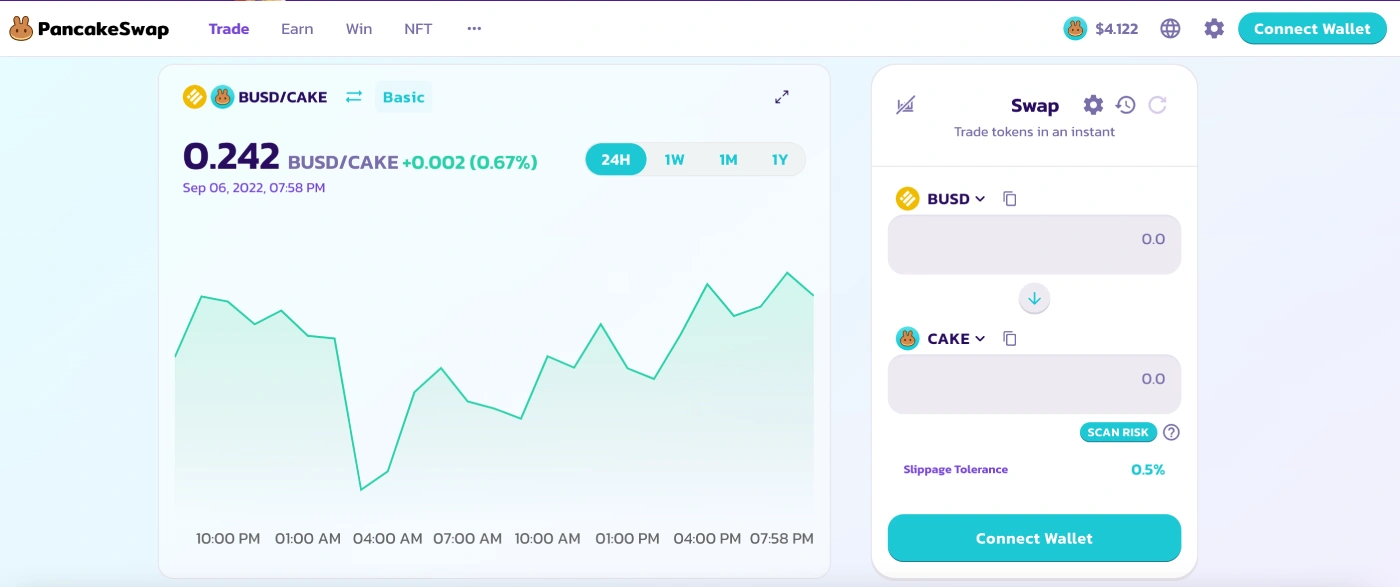
So if you want to swap your BEP-20 tokens or other BNB-native coins like BUSD for CAKE, you can simply set the number of tokens you wish to trade, connect your wallet, and PancakeSwap will execute the trade by finding a fitting liquidity pool for your assets.&
PancakeSwap’s Native Token — CAKE
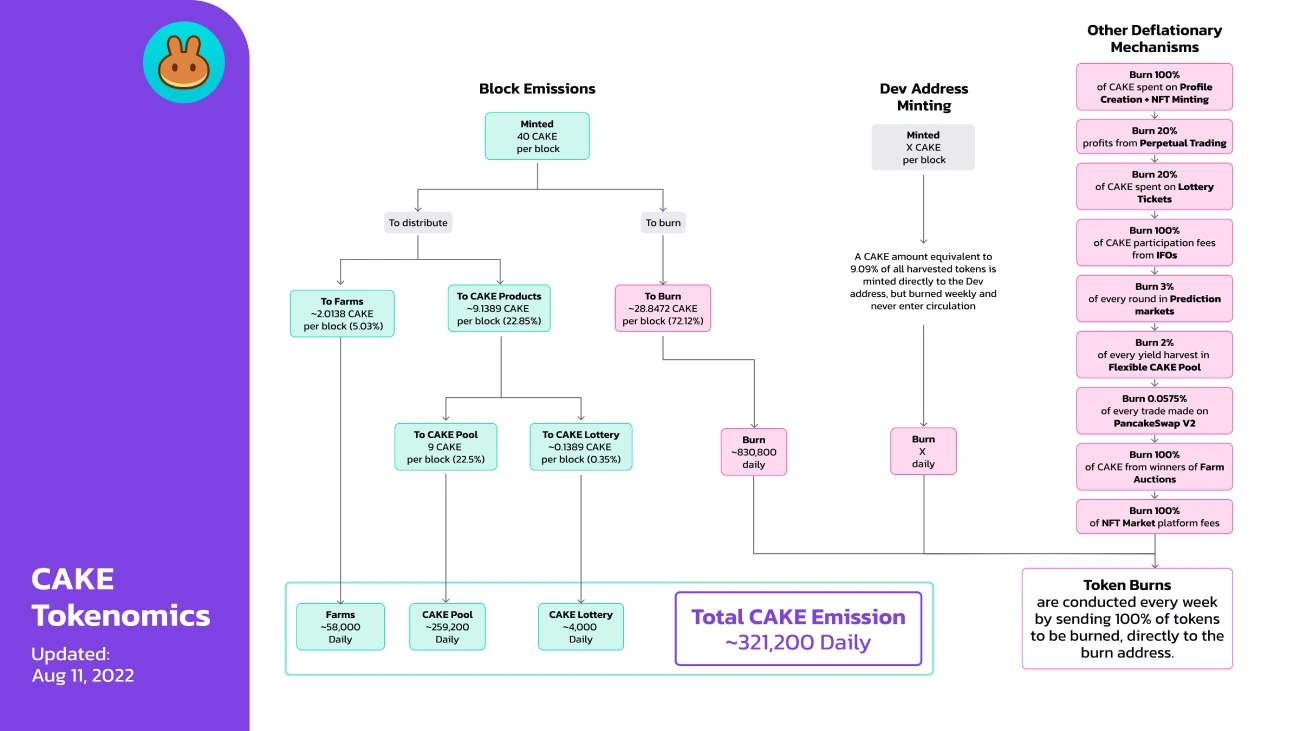
PancakeSwap is powered by the protocol’s utility token, CAKE. The token can be used for paying transaction fees, staking, yield farming to earn rewards, and as a governance token for voting on ecosystem proposals.
Under the hood, CAKE is a BEP-20 token, native to Binance’s BNB Chain. At press time, CAKE is the 88th largest cryptocurrency by market capitalization, trading at $3.91, with a market cap of $548 million, according to data by CoinStats.
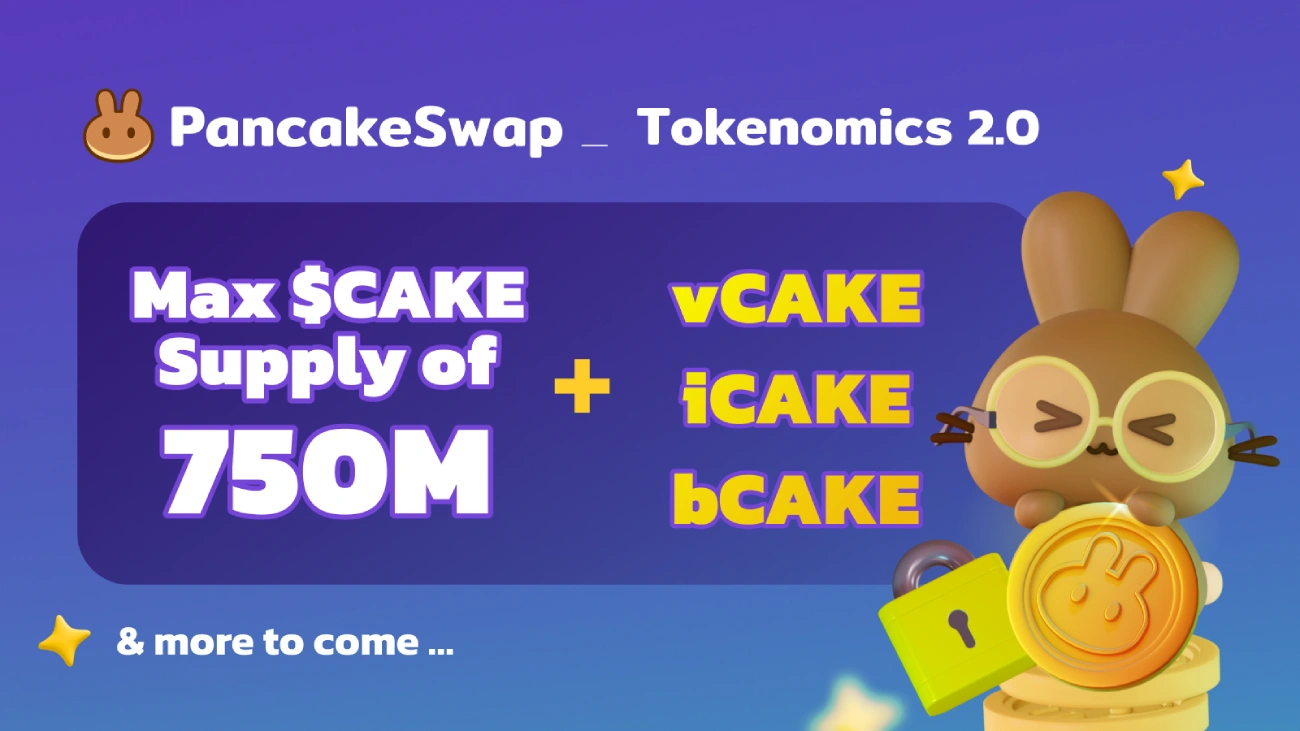
The token used to have an unlimited supply, until a proposal to cap CAKE’s maximum supply has been approved on May 12, 2022. With the revised tokenomics, CAKE has a maximum supply of 750 million tokens, with a total supply of 321 million, and a circulating supply of 140,6 million.
According to PancakeSwap’s Tokenomics 2.0 litepaper, CAKE will reach its supply cap in approximately 3 years, with the current emission rate of 12.75 tokens/block, or 367,200 tokens/day.
CAKE’s circulating supply is controlled by deflationary mechanisms, which aim to make the token deflationary, by burning more CAKE than the amount that is emitted. Hence, developers have a built-in burn mechanism for PancakeSwap products.
On the downside, some of CAKE’s burning mechanisms aren’t decentralized, which the team also noted in a blog post, since 9.09% of CAKE harvested from farms is sent to a dev address (known as Masterchef V2 address) instead of being burned automatically. The developers in control of this wallet perform a weekly manual burn, also burning all the tokens collected for the development fund.
Governance
PancakeSwap is a community-governed DeFi protocol, where CAKE functions as the project’s governance token.

Anyone holding CAKE can create proposals or vote on existing proposals on PancakeSwap’s native voting portal. Each user’s voting power is equal to the number of CAKE tokens held. Voting is fairly user-friendly on PancakeSwap, and it’s completely free, whereas other protocols often charge users a gas fee to cast their votes.
The Beginning and Funding Behind PancakeSwap
PancakeSwap was launched by a group of anonymous developers in September 2020, aiming to become the “number one liquidity provider on Binance Smart Chain and the home of new, innovative gamified farming mechanics,” according to their first blog post.

PancakeSwap received funding from Binance in 2020, as part of their $100 million fund to connect DeFi and CeFi, aiming to support yield farming with major crypto assets on the Binance Smart Chain. Later that year, in November 2020, PancakeSwap received an additional $240,000 worth of liquidity support from Binance.
In June 2022, Binance Labs made another strategic investment (of an undisclosed amount) in PancakeSwap’s CAKE token, to facilitate the next wave of global blockchain adoption:
“PancakeSwap has been leading the development and mass adoption of the BNB chain. Given that PancakeSwap is the most widely used dApp and the DeFi project with the highest TVL on the BNB chain, we have and will continue to provide strong support for the project,” wrote Bill Qian, Head of Binance Labs.&
IFO — Initial Farm Offerings
PancakeSwap’s Initial Farm Offering (IFO) feature enables users to directly buy new tokens launching on the BNB chain. Much like the Initial Coin Offering (ICO) model, it allows traders to invest in newly launched tokens through the power of yield farming.
The process is pretty straightforward for CAKE stakers, who already have iCAKE. All they have to do is commit their CAKE tokens to PancakeSwap’s IFO page. When the IFO is finished, users will receive the newly launched token in exchange for their deposited CAKE.
In case you’re not already a staker who has iCAKE, you’ll first have to stake some CAKE tokens to one of the SYRUP pools, in exchange for iCAKE. The number of iCAKE you receive is based on the number of CAKE you staked in the fixed-term staking pool.
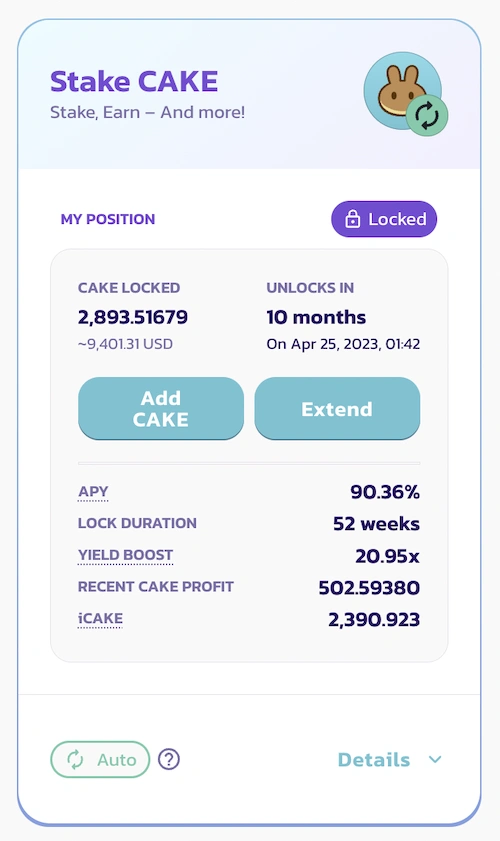
iCAKE is not a new token, but a numerical metric employed by the DEX’s IFO system. Think of iCAKE as an IFO credit system, which determines the maximum amount of CAKE you can commit to the IFO. So if you have 100 iCAKE, you can commit a maximum amount of 100 CAKE tokens to the IFO.
Yield Generation on PancakeSwap
PancakeSwap stands out among decentralized exchanges due to its numerous yield generation tools, offering users multiple options to generate passive income. Below we’ll go through all the different options.
Staking
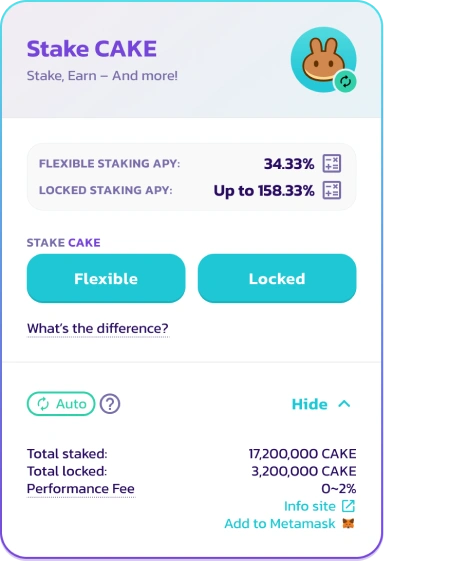
Staking is among the most popular options for investors seeking to generate passive income. Any CAKE holders can stake their tokens in the DEX’s SYRUP pools, in exchange to earn more tokens.
Staking is simple on PancakeSwap. Users simply have to visit the Pools page and select a staking pool to lock up their assets. Depending on the staking pool, stakers can earn anywhere from 14% to 124% annual percentage yield (APY).
Staking is vital for proof-of-stake blockchain networks like PancakeSwap. This is what secures the network and enables validator nodes to process transactions. It involves locking up your funds in a smart contract for a predetermined period, to earn more crypto.
Yield Farming
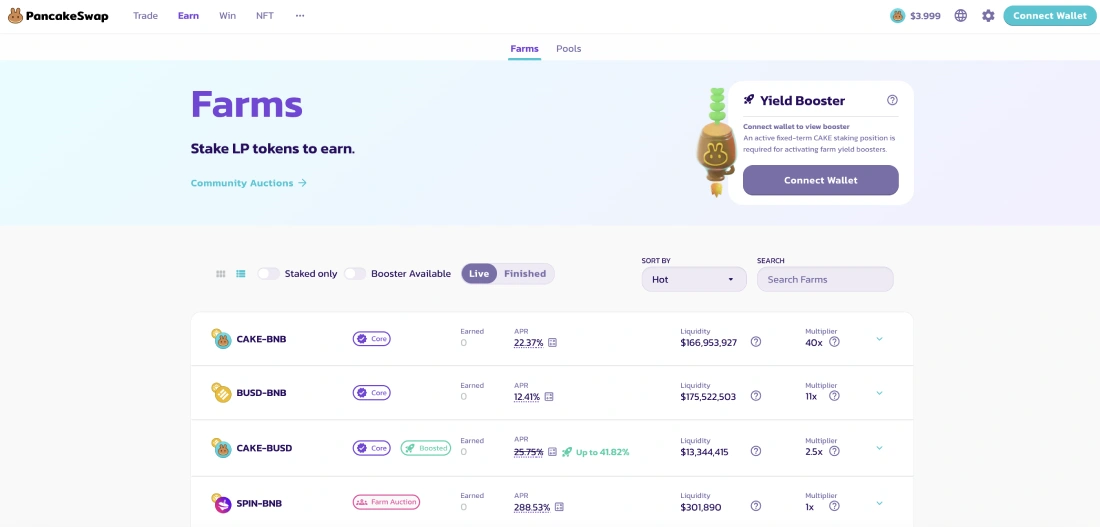
Yield farming is another popular yield-generation product on PancakeSwap. It involves locking up a user’s LP tokens, in exchange to earn CAKE.
In essence, “farms” are staking pools, but instead of locking up your CAKE, users can lock up different LP tokens to earn more of PancakeSwap’s native cryptocurrency.&
Similar to staking, users can simply access the Farms tab and select a liquidity pool based on their specific tokens. Yield farmers can earn anywhere from 2% to 137% APY on their investment.
Liquidity Providing
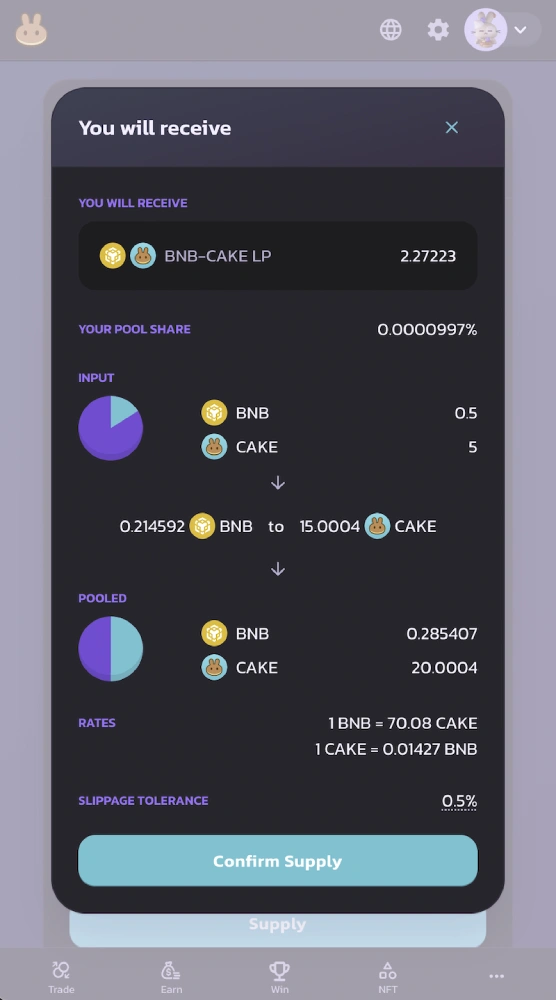
Liquidity providing is an essential part of AMM-based decentralized exchanges like PancakeSwap. This is how users can swap assets near-instantly, without the need for an order book or central intermediary.
Providing liquidity requires users to lock an asset pair, which is two different cryptocurrencies, to a relevant liquidity pool. Users who add to a liquidity pool will receive Liquidity Provider (LP) tokens and a share of the trading fees.
For instance, if users deposed the CAKE-BNB trading pair, they will receive CAKE-BNB LP tokens, depending on the amount of CAKE-BNB they committed. The advantage of liquidity providing is that you can remove your funds and rewards at any time from these pools.
Users who trade on PancakeSwap pay a 0.25% trading fee, of which 0.17% is added to the liquidity pool they used. When people use a liquidity pool for an asset swap, a portion of that 0.17% trading fee is given to the pool’s liquidity providers.
Other Notable Features
As part of its mission to GameFI decentralized finance, PancakeSwap offers several other lucrative features that allow users to win prizes from the protocol. Below we’ll explore some of the most exciting features.
Lottery
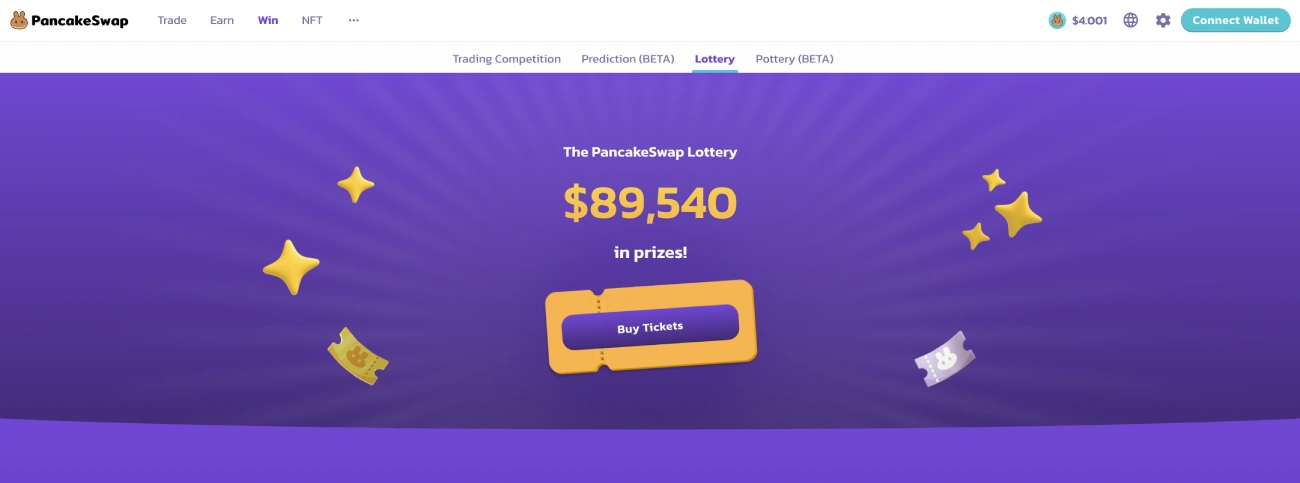
The PancakeSwap lottery is exactly what it sounds like — a traditional lottery system infused with the perks of cryptocurrency and DeFi.
Players have to try and guess the winning lottery numbers in the right order. The more corresponding digits they got right, the higher the reward. Depending on the number of participants, the prize pots of the lottery are usually above 27,000 CAKE, worth around $107,000, at the time of writing.
One lottery ticket costs approximately $5 worth of CAKE, the price of which is established before each new round begins. Users can randomize their ticket numbers or select them manually. A lottery draw occurs every 12 to 36 hours.
To win the jackpot — worth 50% of the total lottery pool — a player’s ticket needs to match all four numbers in the correct order as the winning ticket.
Lottery V2 leverages Chainlink’s implementation of VRF to guarantee true randomness of outcome for players. In case the lottery isn’t won, the unclaimed prize pool rolls over to the next lottery round, as per PancakeSwap’s Lottery FAQ.
Trading Competition
Trading competition is another one of PancakeSwap’s “win” features. As the name suggests, traders compete in teams to reach the highest trading volume for the period of the trading battle. The team with the highest trading volume wins and is eligible for $120,000 worth of prizes in cryptocurrency and NFTs.
Beyond the winning team, all eligible participants will win prizes at the end of the competition, based on their performance. For instance, during the last trading battle, the top 100 traders in each team were eligible for 300 PancakeSwap NFTs and 100 Miners of Dalarnia NFTs.
Prediction
Prediction is PancakeSwap’s decentralized iteration of a prediction market. As with other prediction markets, users can bet on the outcome of future events, without any intermediaries.&
In the case of PancakeSwap’s prediction, users can predict whether BNB or CAKE prices will rise or fall. Users can enter “UP” positions if they believe prices will rise or “DOWN” positions for the contrary.&
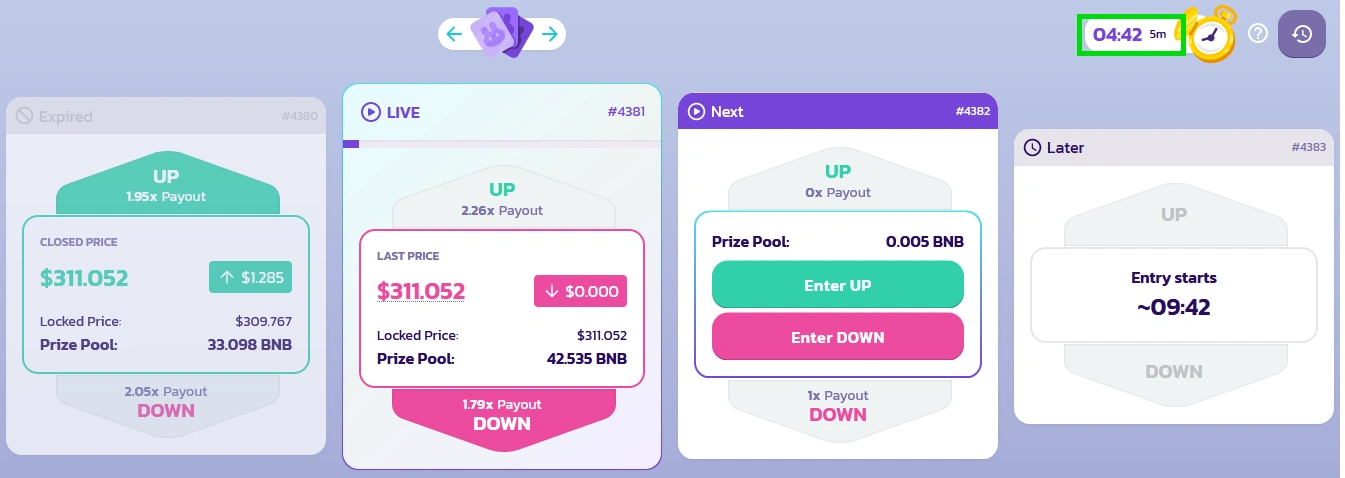
Each session takes 5 minutes. If you took a “UP” position and the token price went up at the end of those 5 minutes, then you won, and vice versa. The prize pool for each session depends on the number of participants.
As a decentralized prediction market, PancakeSwap’s predictions are governed by smart contract algorithms. At press time, the prediction market is still in beta.
Pottery
PancakeSwap’s pottery feature combines locked CAKE staking with lottery elements, offering a chance for users to win bigger yields on their CAKE deposit. The biggest upside is that even if you lose, you get back all your deposited CAKE tokens.
Users who wish to participate can deposit their CAKE tokens on the first Monday of each month, with a lock-up period of 10 weeks. The bigger the deposit the higher the chances of winning. A portion of the staking rewards from the deposited cake will make up the prize pool for each weekly draw, which will be won by 8 players. Winners can claim their prize after the weekly draw, but their initial deposit will remain locked for 10 weeks.
Pottery is still officially in beta, at the time of this writing.
NFTs on PancakeSwap
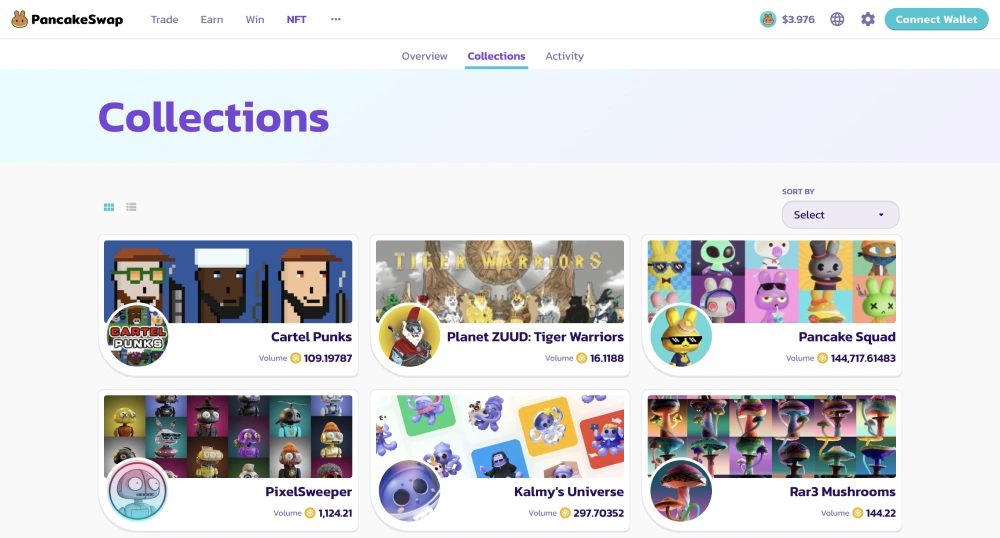
Another one of PancakeSwap’s outstanding features is its NFT marketplace, where users can mint, buy, and sell non-fungible tokens (NFTs) native to the BNB chain.
There is a 2% platform fee subtracted from every NFT sale on the market, 100% of which are used to buy back CAKE tokens and eliminate them from circulation during the weekly CAKE burn — adding to the deflationary mechanisms of the token.
Some of PancakeSwap’s most popular NFT collections by trading volume include Planet ZUUD: Tiger Warriors, Dauntless Alpies, and Kalmy’s Universe.
What Makes PancakeSwap Stand Out
As a fully decentralized exchange, PancakeSwap is non-custodial, meaning that digital assets are never owned or controlled by the protocol. Instead, smart contracts control user funds while the asset swap takes place. This is an important feature for DeFi enthusiasts since they can avoid the risk of censorship by using PancakeSwap.
PancakeSwap has numerous additional features compared to Uniswap. For one, PancakeSwap has two built-in yield farming tools that allow users to stake liquidity provider (LP) tokens in exchange for more CAKE tokens. Syrup Pools is the protocol’s second yield farming tool, where users can stake their CAKE to earn more CAKE or other BEP-20 tokens.
PancakeSwap’s “Win” features also make the protocol stand out in comparison to other decentralized exchanges, where users are limited to token swaps. PancakeSwap’s lottery, pottery, prediction markets, and trading competition were built to incentivize more network participation and allow the most active users to win crypto prizes.
PancakeSwap also offers more advantageous fees than Ethereum-based Uniswap. A token swap on PancakeSwap costs 0.2% in trading fees — 0.17% of which is returned to liquidity providers as a reward, and 0.03% is sent to the PancakeSwap Treasury. In comparison, Uniswap charges a fee of 0.3%.
Bottom Line
PanakeSwap is the biggest AMM DEX on Binance’s BNB chain, and the third largest decentralized exchange in the crypto space, with a total market share of 5.4%. While this is still negligible compared to Uniswap’s leading market share of 43.7%, PancakeSwap is aiming to catch up through its yield farming and prize-winning features — although UniSwap is not a direct competitor, since it is an Ethereum-based DEX.&
Looking at the total value locked (TVL), PancakeSwap seems to be inching closer to its competitor. While UniSwap currently has a $5.63 billion TVL, PancakeSwap has a TVL of $2.99 billion.&
While PancakeSwap is nowhere near Uniswap in terms of market share, PancakeSwap’s outstanding features were designed to attract new users and incentivize more trading activity.&
Thanks to its low fees, PancakeSwap temporarily flipped Uniswap in February 2022, becoming the world’s biggest DEX by daily trading volume. The reason why users started flocking to PancakeSwap, was the high gas fees on UniSwap — as UniSwap is among the top gas guzzlers on the Ethereum network.
PancakeSwap’s low fees, fast transactions, and features will likely cement it as one of the most popular decentralized exchanges in the DeFi space.

You can get bonuses upto $100 FREE BONUS when you:
💰 Install these recommended apps:
💲 SocialGood - 100% Crypto Back on Everyday Shopping
💲 xPortal - The DeFi For The Next Billion
💲 CryptoTab Browser - Lightweight, fast, and ready to mine!
💰 Register on these recommended exchanges:
🟡 Binance🟡 Bitfinex🟡 Bitmart🟡 Bittrex🟡 Bitget
🟡 CoinEx🟡 Crypto.com🟡 Gate.io🟡 Huobi🟡 Kucoin.
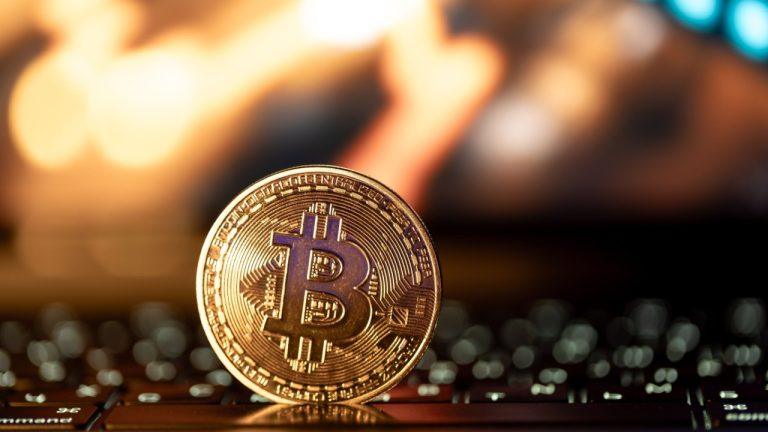
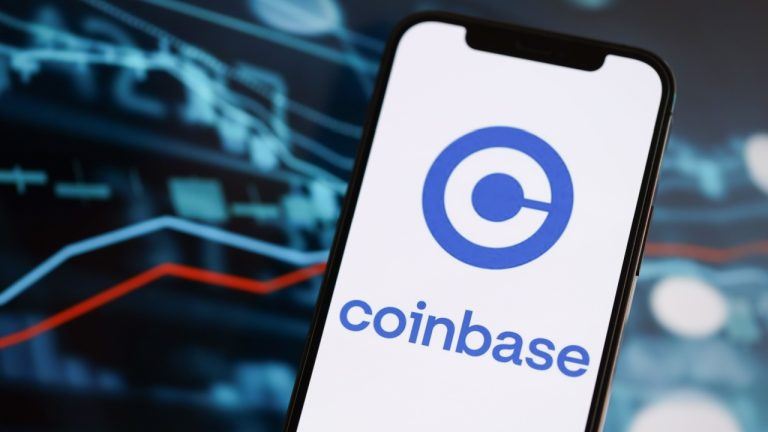
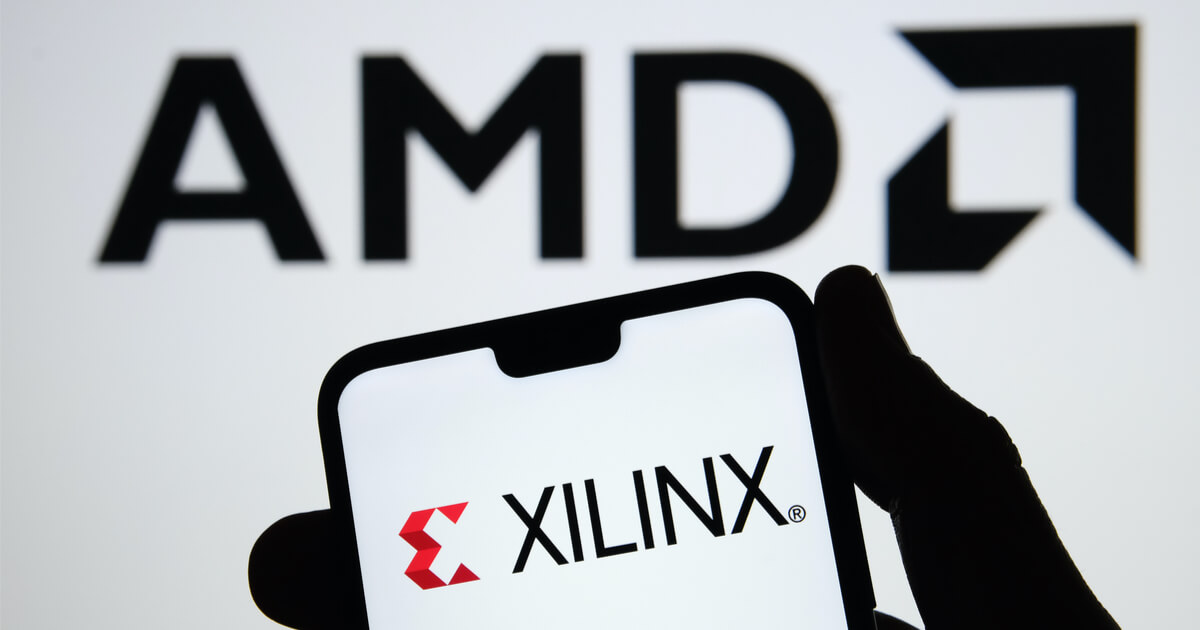

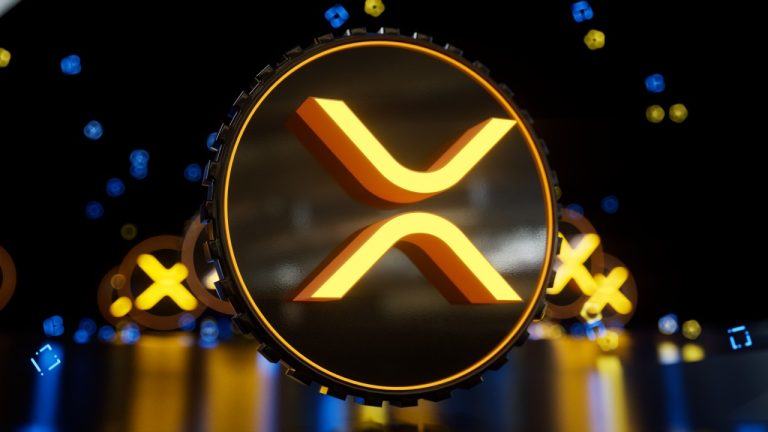
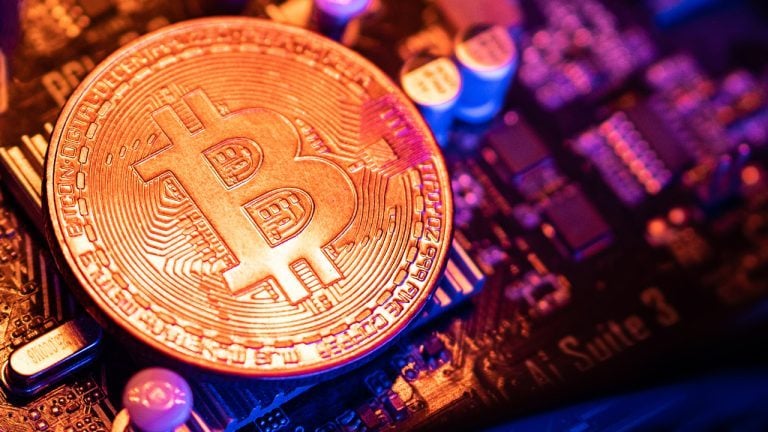


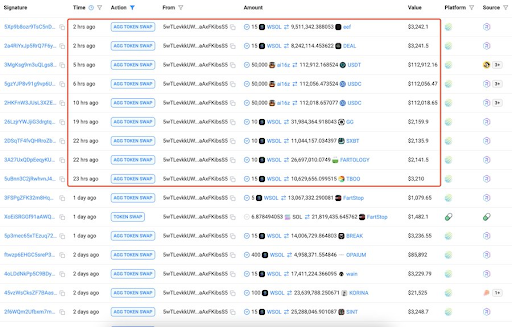
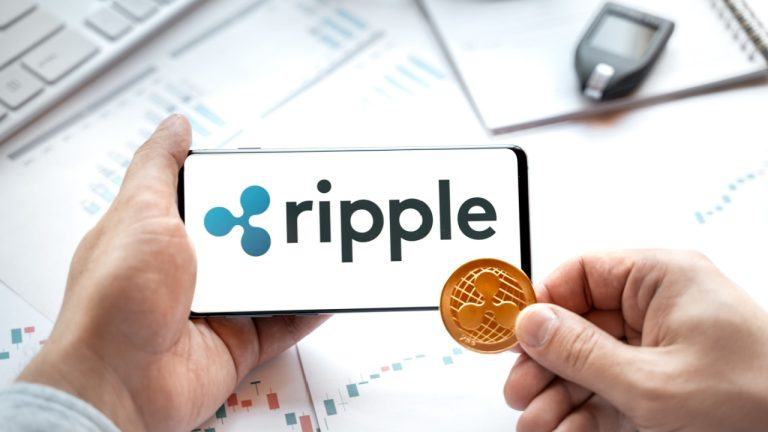

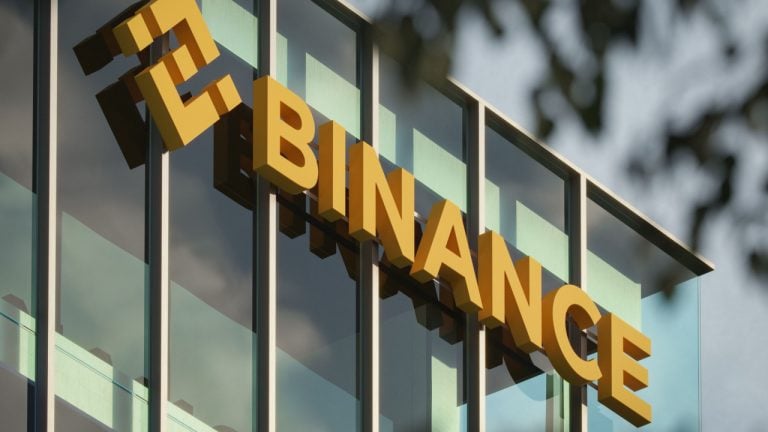

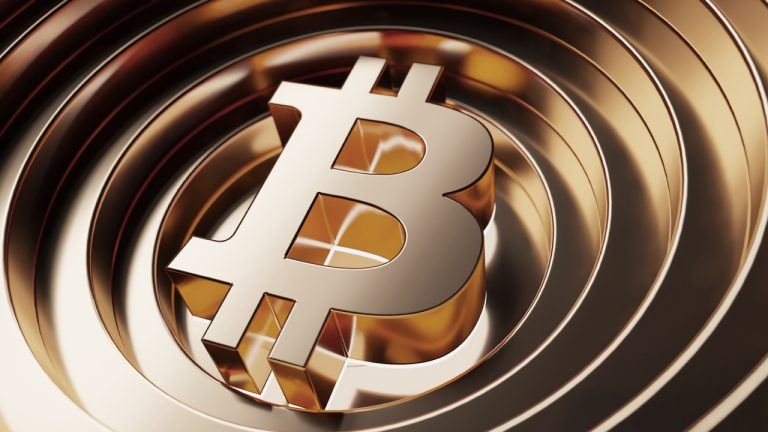


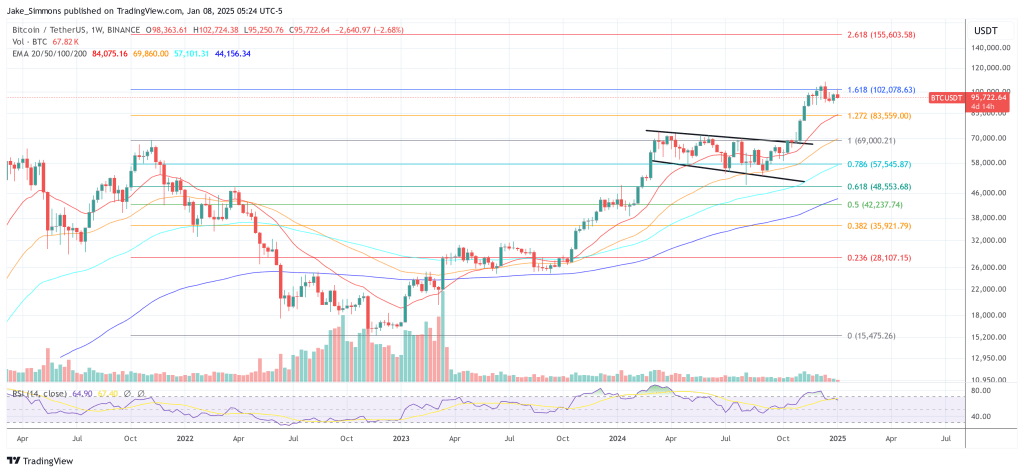

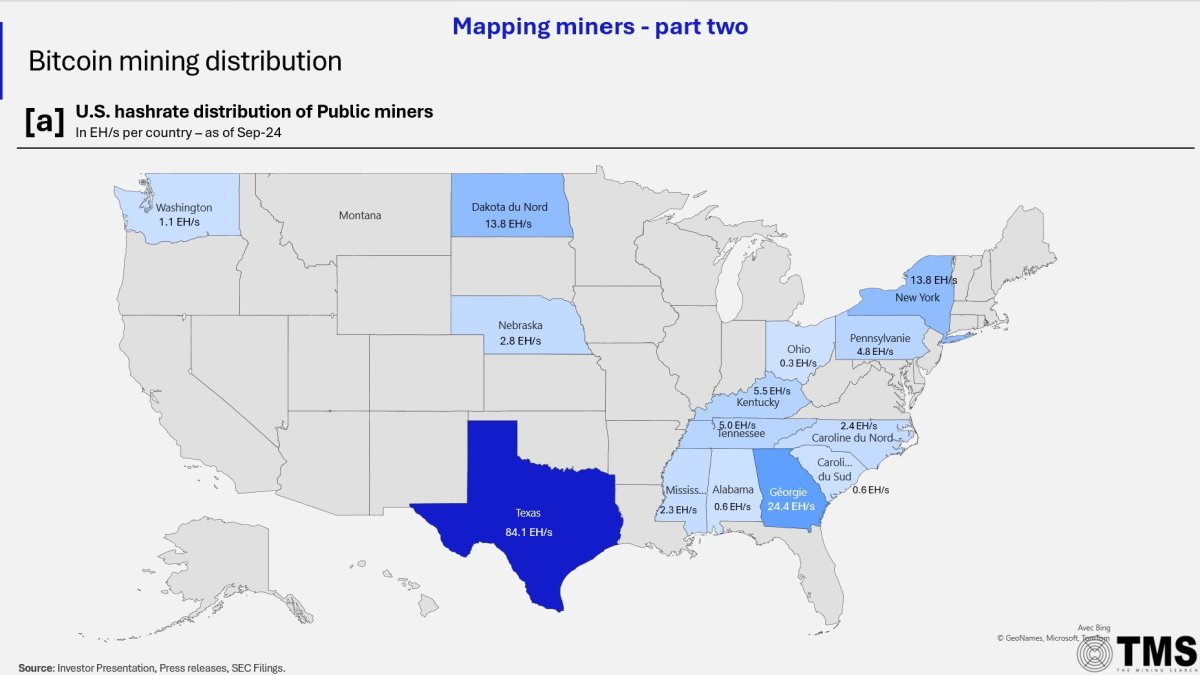

Comments